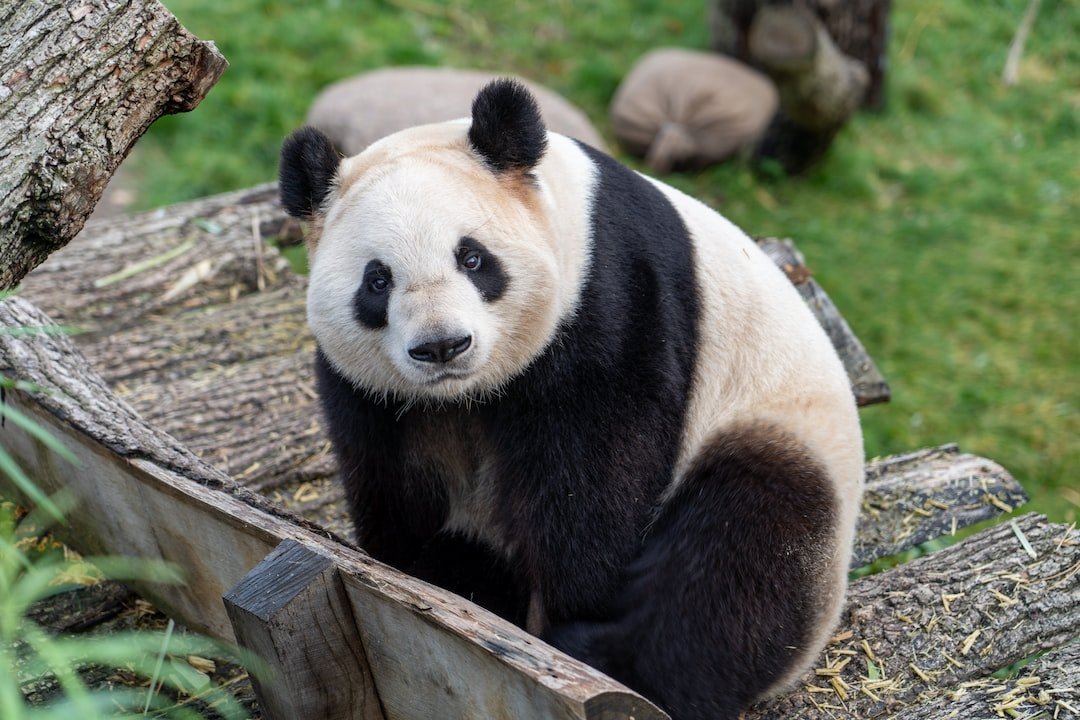Invasive Species: The Impact of Non-Native Animals on Local Ecological Balance
Our planet is home to an incredible array of wildlife, each species playing a vital role in maintaining the delicate balance of our ecosystems. However, the introduction of non-native species can have far-reaching and often devastating consequences for local wildlife and the environment. These invaders, known as invasive species, pose a significant threat to the ecological balance that has developed over thousands of years.
Invasive species are typically introduced by human activity, whether deliberately or unintentionally. They can be plants, insects, or animals that come from regions outside their native habitat. Without the predators, parasites, or diseases that naturally keep their population in check in their native lands, they are unleashed into a new environment where they can quickly multiply and dominate.
One of the major impacts of invasive species is their ability to outcompete and displace native species. They often have no natural predators or competitors in their new environment, allowing them to freely exploit resources such as food, water, and nesting sites. This can lead to the decline or even extinction of native species that are unable to compete with the invasive ones. For example, the introduction of the brown tree snake to the island of Guam led to the extinction of several bird species, as the snake preyed on their eggs and young.
In addition to direct competition, invasive species can disrupt entire ecosystems by altering habitat structure and nutrient cycling. They can release chemicals or change the physical structure of the environment, making it unsuitable for native species. For instance, the invasion of water hyacinth, a floating aquatic plant, can block sunlight from reaching submerged plants and decrease oxygen levels in water bodies, negatively impacting fish populations and other aquatic organisms.
Moreover, invasive species can serve as carriers of new diseases or parasites, posing threats to the health of both animal and human populations. For example, the introduction of the West Nile virus by non-native birds in North America has led to significant mortality in native bird populations and poses a risk to human health as well.
Furthermore, invasive species can cause economic harm, affecting agriculture, forestry, and tourism industries. They can damage crops, forests, and natural habitats, leading to economic losses and increased expenses for control and management efforts. In the United States alone, it is estimated that invasive species cost the economy around $120 billion each year.
Addressing the issue of invasive species requires a multi-faceted approach involving prevention, early detection, and effective management strategies. Strict regulations on the importation and sale of potentially invasive species are crucial, as prevention is often the most cost-effective strategy. Early detection and rapid response can help limit the spread and impact of invasive species, while effective management practices include biological control measures, public awareness campaigns, and restoration efforts that promote the recovery of native species and habitats.
In conclusion, the impact of non-native animals on local ecological balance is a significant environmental issue. Invasive species can disrupt and alter ecosystems, outcompeting native species, spreading diseases, and causing economic damage. By raising awareness, implementing preventive measures, and effectively managing invasive species, we can safeguard the ecological balance and protect the biodiversity that is essential for the health and well-being of our planet.

